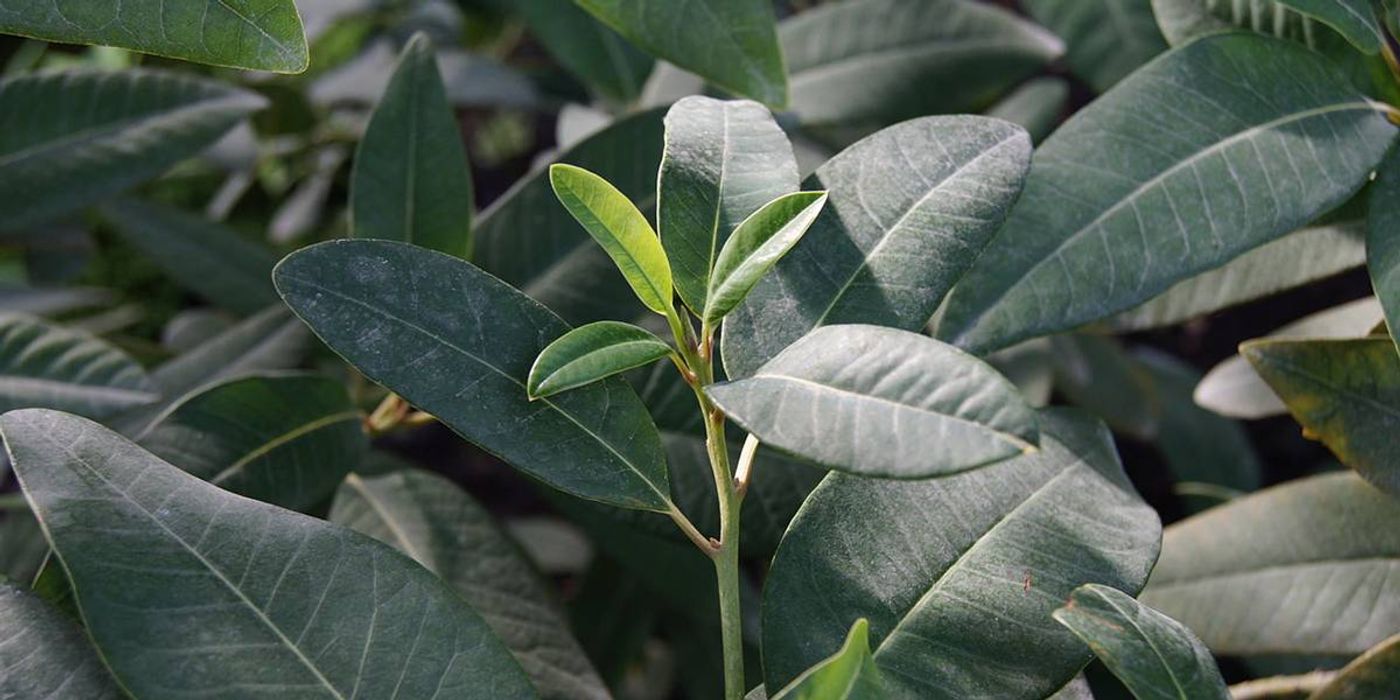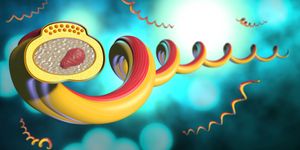A Natural, Eco-friendly Pesticide Synthesized for the First Time
A group of organic chemists at California Institute of Technology has come up with a synthesis method to produce a naturally existing pesticide named perseanol for the first time, a feat involving a 16-step chemical procedure.
So why did they go through so much trouble to obtain a single molecule?
Perseanol is a polycyclic compound found in the evergreen tree genus Persea. Persea Americana, or avocado, is a well-known example. First discovered back in the 1990s, perseanol exerts its insecticidal effects by paralyzing the muscular tissues of pests, in the same fashion as another natural pesticide ryanodine. Both perseanol and ryanodine can bind ryanodine receptors, a type of calcium channel, with high affinity. The action blocks the flow of calcium ions, disabling the contraction of muscle cells.
Ryanodine can paralyze pets, cattle, and humans because its toxicity is non-discriminatory between mammals and insects. On the other hand, perseanol's toxicity is specific to insects, making it a safer pesticide. But to obtain a large quantity of the compound isn't a simple task. Scientists have identified a large variety of phytochemicals in Persea plant extracts, and perseanol does not appear in abundance. As the agriculture industry eagerly wishes to replace chemical pesticides with safe and naturally derived substitutes, there's alway a strong interest to chemically synthesize perseanol.
Led by chemistry professor Sarah E. Reisman, researchers at Caltech have been working on the total synthesis of the eco-friendly pesticide. Their research playbook borrowed a chapter from a group at the University of Sherbrooke, who had successfully built a compound called ryanodol from the ground up. Ryanodol shared structural similarity with both ryanodine and perseanol.
The Caltech team first synthesized two main parts of the perseanol molecule, one with an epoxide functional group and the other as an anion. When the two oppositely-charged pieces met, they bound to each other almost instantly, forming anhydroperseanol the precursor to the final product. Then the chemists spent eight more steps attaching side groups to complete the structure of perseanol.
It is evident that the complexity of this synthesis process makes it difficult to produce perseanol in big bulk for agricultural purposes. However, the chemists believed that their research provides some useful insights for the synthesis of similar compounds. Moreover, the amount of perseanol they obtained is sufficent for toxicological studies to better the understanding of its insecticidal effect.
This latest research is published in the journal Nature.
Total synthesis of perseanol — a natural insecticide (The Cyclo Edition)
Source: C&EN









